- No products in the cart.
Neyromultivit 2ml injection ampoules 10 pcs
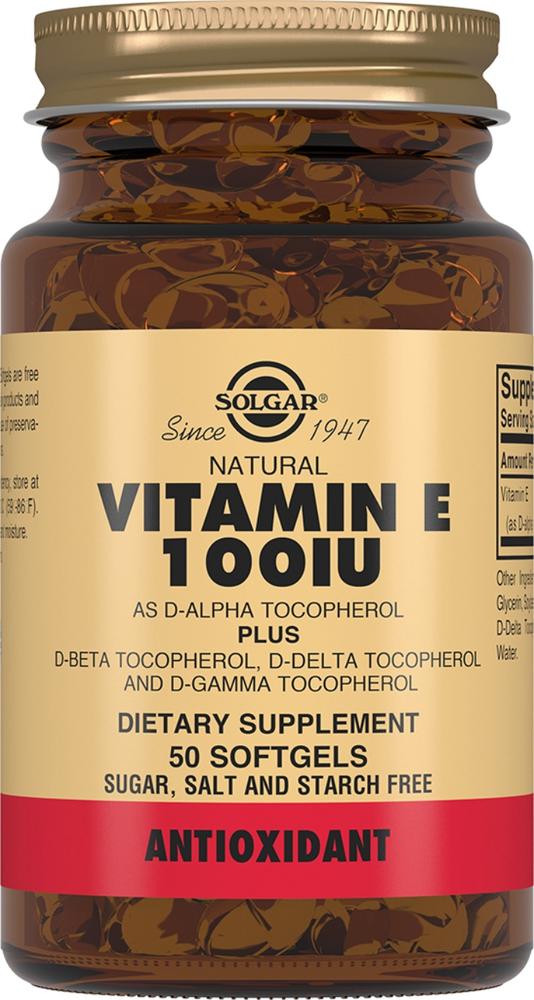
Solgar Vitamin E capsules. 560mg 100me 50 pc
$16.53
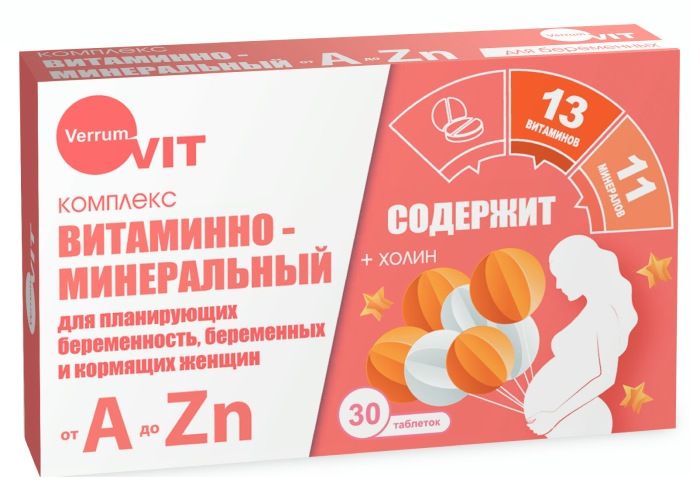
Verrum-vit vitamin-mineral complex of zinc and up tab for planning pregnancy pregnant and lactating women 30 pcs WTF
$6.68
$8.69
Neyromultivit 2ml injection ampoules 10 pcs
Description
Composition
Active substance:
1 ampoule contains: thiamine hydrochloride 100.00 mg; pyridoxine hydrochloride 100.00 mg; 1.00 mg of cyanocobalamin-;.
Excipients:
Diethanolamine 5.0 mg Water for injection to 2.0 ml.
Description:
Transparent red liquid with a characteristic odor.
Product form:
Solution for intramuscular administration.
2 ml of the drug in the lighting glass vial with a light blue spot from the fault and the ring of light blue color.
5 vials per blister PVC coated transparent film; 1 or 2 or 5 blisters together with instructions for use in a cardboard box.
Contraindications
Hypersensitivity to the active substances or auxiliary product.
Severe acute and chronic forms of decompensated heart failure (CHF).
During pregnancy and breastfeeding.
Childhood.
Dosage
50 mg + 50 mg + 0.5 mg / ml
Indications
In the treatment of the following neurological, diseases accompanied by deficiency of B vitamins: – Polyneuropathy (diabetic, alcohol); – Intercostal neuralgia; – Trigeminal neuralgia; – Neuritis of the facial nerve; – Radicular syndrome caused by degenerative changes of the spine; – Cervical syndrome; – of shoulder syndrome; – Lumbar syndrome; – lumbar ischialgia.
Interaction with other drugs
In the presence of sulfite solutions thiamine disintegrates completely. In the presence of decomposition products of vitamin B1 other vitamins may be subject to inactivation.
Thiamine is incompatible with the oxidizing and reducing compounds, including iodides, carbonates, acetates, tannic acid, ferric ammonium citrate, phenobarbital, riboflavin, benzylpenicillin, dextrose, disulfite.
Copper accelerates the destruction of thiamine; Moreover, thiamine loses its effectiveness with increasing pH (more than 3).
Therapeutic doses of vitamin B6 can reduce the effect of levodopa while receiving.
Possible interactions with cyclosporine, penicillamine, isoniazid, epinephrine, norepinephrine, sulfonamides.
Cyanocobalamin is incompatible with heavy metal salts. Riboflavin also has a destructive effect, especially with simultaneous exposure to light; nicotinamide accelerates photolysis, while antioxidants have an inhibitory effect.
Overdose
Overdose symptoms: confusion, vomiting, bradycardia, arrhythmia, dizziness, seizures.
Treatment is symptomatic.
pharmachologic effect
Pharmacological group:
B vitamins
Pharmacodynamics:
Pharmacological action determined by the properties of vitamins included in the formulation. The drug contains vitamin B1 (thiamine), B6 (pyridoxine) and B12 (cyanocobalamin), deficiency of which can lead to neurological damage, mainly on the part of the peripheral nervous system.
Neurotropic B vitamins have a beneficial effect on inflammatory and degenerative nerve diseases and musculoskeletal system. Promote increased blood flow and improve the functioning of the nervous system.
Thiamine is a cofactor for enzymes that transfer groups dvuhuglerodnye decarboxylation reactions play a key role in the metabolism of carbohydrates, and in the Krebs cycle with subsequent participation in the synthesis of TPP (thiamine pyrophosphate), and ATP (adenosine triphosphate).
Pyridoxine is a cofactor for enzymes, involved in protein metabolism, and partly in the metabolism of carbohydrates and fats.
Physiological function of both vitamins is a potentiation of each other, which manifests itself in a positive impact on the nervous, neuromuscular and cardiovascular systems.
The drug is rapidly replenishes deficiency of these vitamins.
Cyanocobalamin is a cofactor in groups of one-carbon transfer reactions involved in the synthesis of the myelin sheath, it stimulates hematopoiesis, reduces pain associated with lesions of the peripheral nervous system, stimulates nucleic exchange via folate activation.
Pharmacokinetics:
Following intramuscular administration of thiamine is rapidly absorbed from the injection site and enters the blood (484 ng / ml after 15 minutes on the first day of dosing 50 mg) and unevenly distributed in the body when its content in leukocytes of 15% red blood cells of 75% and plasma 10 %. Thiamine penetrates the blood-brain and the placental barrier and is found in breast milk. Thiamine is excreted in the urine through the alpha phase of 0.15 hours, the beta phase – after 1 hour, and in the terminal phase – for 2 days. The major metabolites are tiaminkarbonovaya acid Pyramin and some unidentified metabolites. Of all the vitamins, thiamine in the body is stored in the smallest quantities. An adult human contains about 30 mg of thiamine as thiamine pyrophosphate 80%, 10% thiamine triphosphate and the remaining amount as tiaminmonofosfata.
Following intramuscular administration of pyridoxine it is rapidly absorbed into the bloodstream and distributed in the body, acting as a coenzyme after phosphorylation CH2OH group in the 5-position forms a metabolically active pyridoxal phosphate. About 80% of the vitamin bound to plasma proteins.
Pyridoxine is distributed throughout the body and crosses the placenta and is found in human milk, is deposited in the liver and is oxidized to 4-pyridoxine acid, which is excreted in the urine after a maximum of 2 – 5 hours after absorption. The human body contains 40-150 mg of vitamin B6 and its daily elimination rate of about 1,7-3,6 mg at 2.2-2.4% fill rate. Following parenteral administration of cyanocobalamin forms complexes with transport protein transcobalamin which are rapidly absorbed by the liver, bone marrow and other organs. Cyanocobalamin is excreted in bile and participates in enterohepatic circulation. It crosses the placenta.
Pregnancy and breast-feeding
Use during pregnancy and breast-feeding is contraindicated.
Conditions of supply of pharmacies
Holidays prescription.
side effects
The following concepts are used and frequency: very common (> 1/10), (commonly (> 1/100,
special instructions
The drug should be administered only intramuscularly and avoid contact with the bloodstream.
Accidental intravenous administration must perform medical supervision (e.g. in a hospital), depending on the severity of any symptoms.
Effects on ability to drive and operate machinery
Information on the warning regarding the use of the drug Neyromultivit drivers of vehicles and persons working with potentially dangerous machinery is not available.
Storage conditions
At a temperature of 2 C to 8 C.
For patients: preparation be stored at a temperature not higher than 25 ° C for 14 days.
Keep out of the reach of children.
Dosing and Administration
When expressed pain syndrome treatment is initiated with the intramuscular (deep) 2 ml of the preparation, daily for 5-10 days and beyond, with the transition to more rare injection (2-3 times per week) for 2-3 weeks. It is recommended to carry out a weekly medical supervision. It is recommended as soon as possible go to the ingestion of the drug in the dosage form Neyromultivit film-coated tablets.
Intravenous administration is not allowed.
Information
Appearance may differ from that depicted in the picture. There are contraindications. You need to read the manual or consult with a specialist
Additional information
| Weight | 0.100 kg |
|---|---|
| Manufacturer | VALEANT |

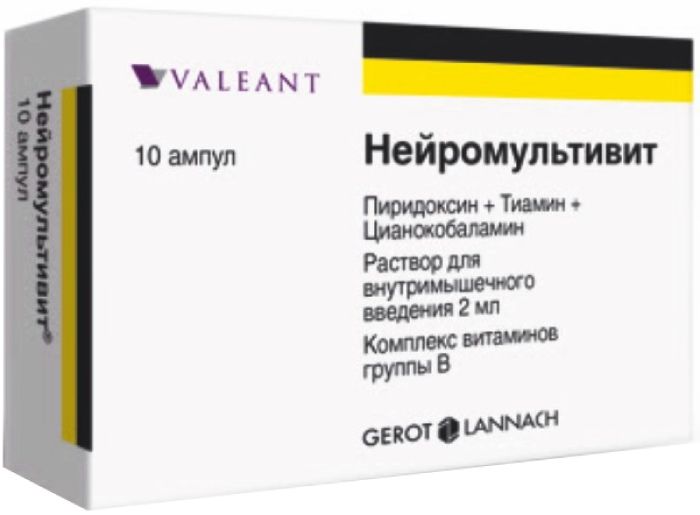
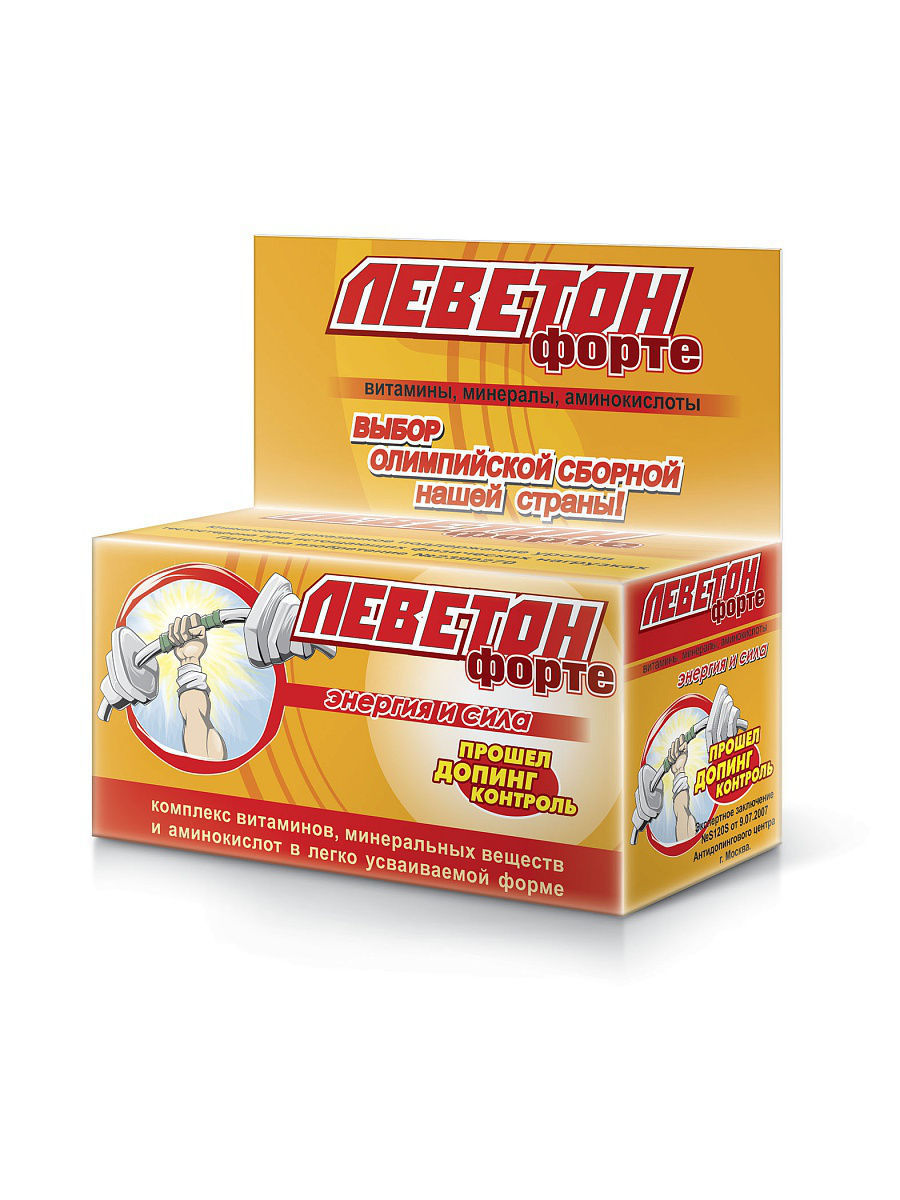

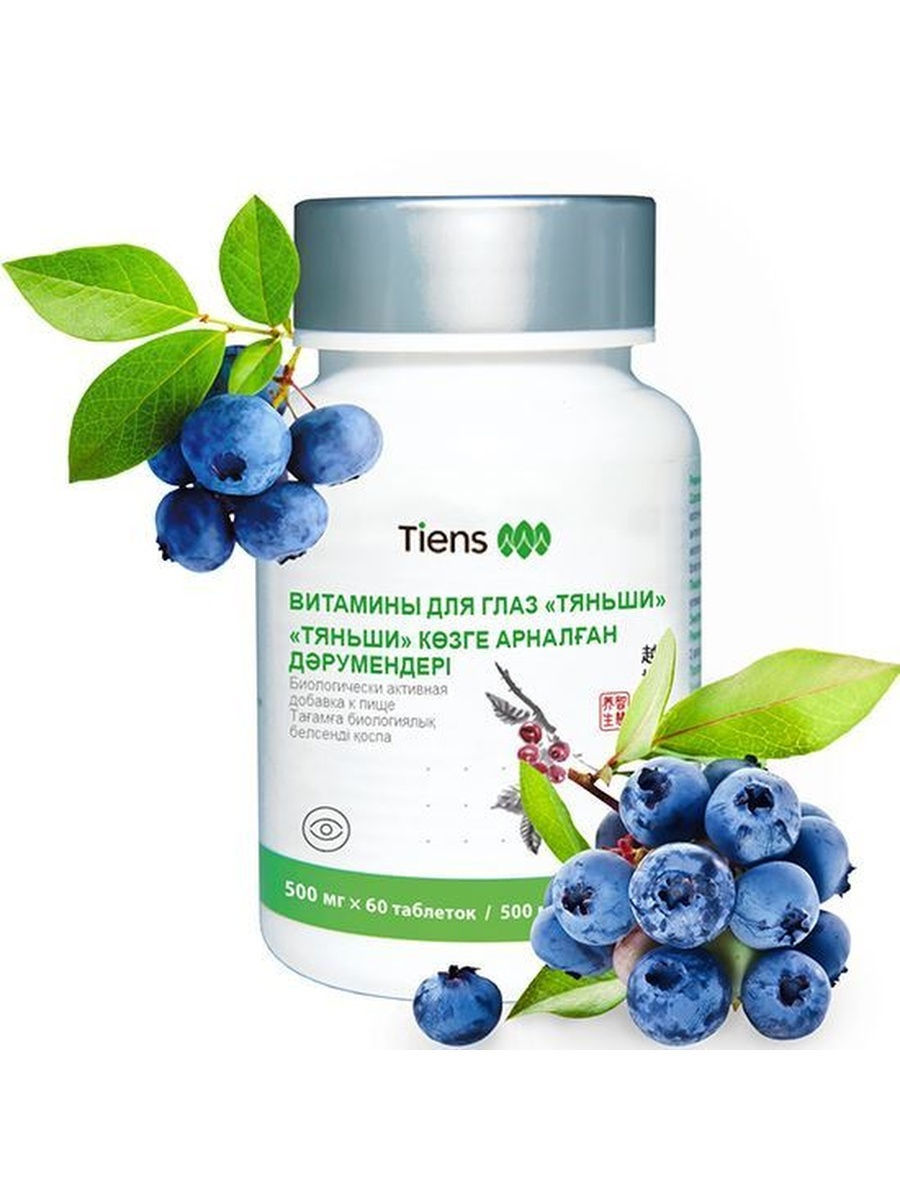
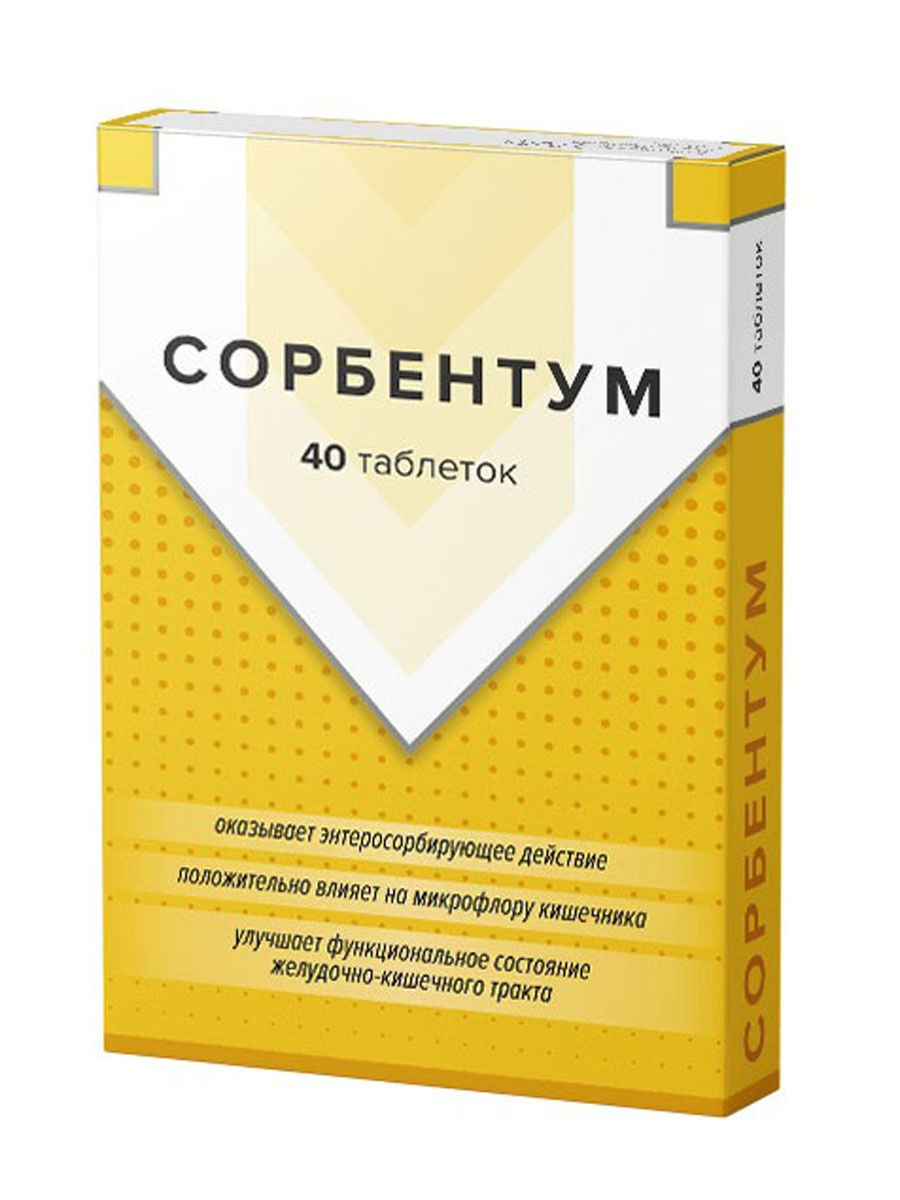
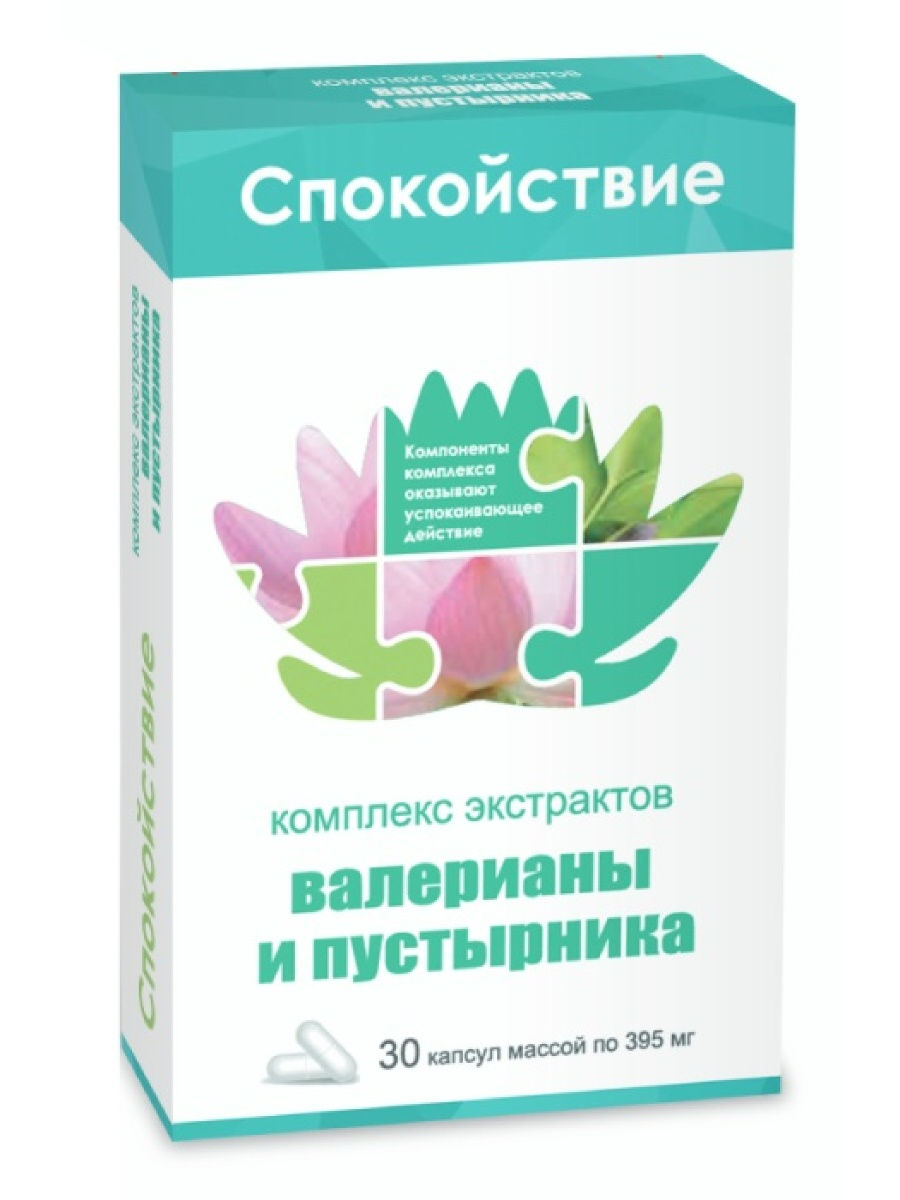
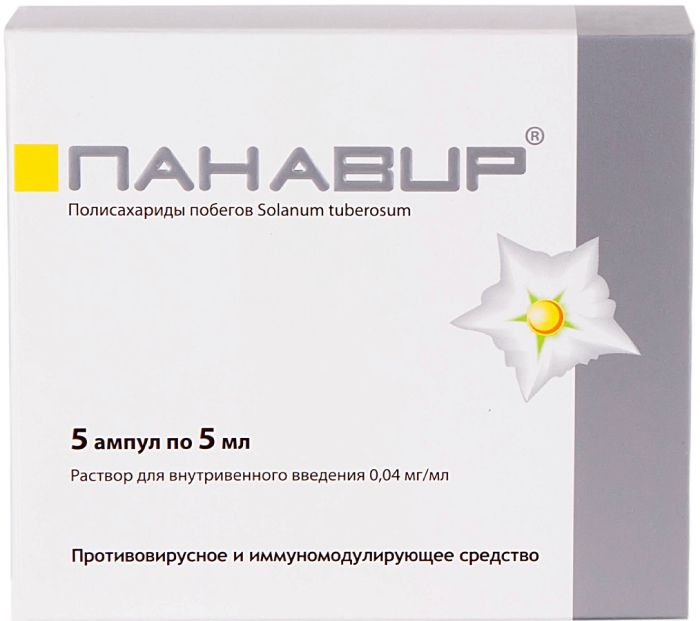




There are no reviews yet.